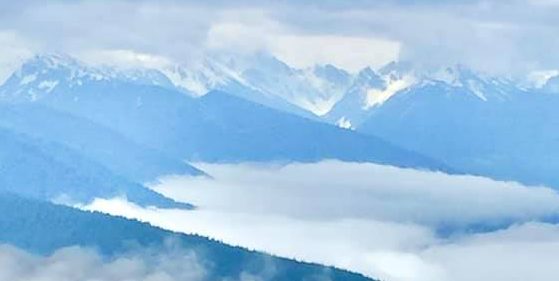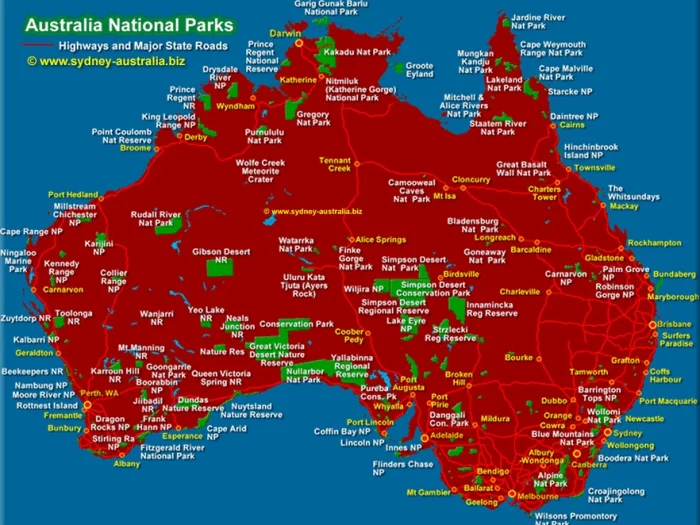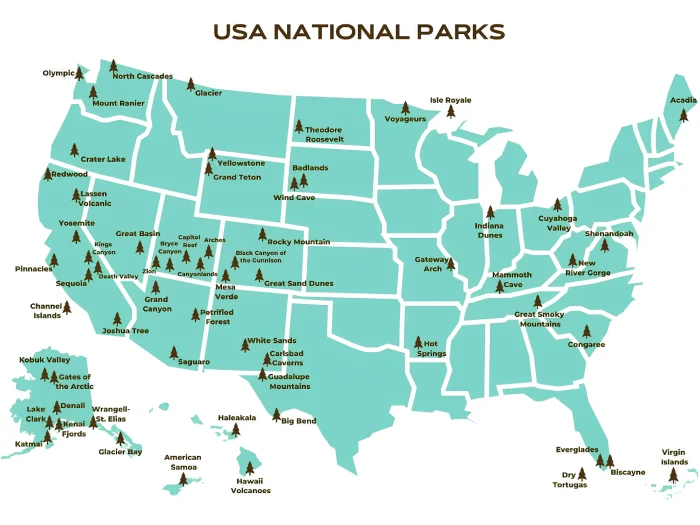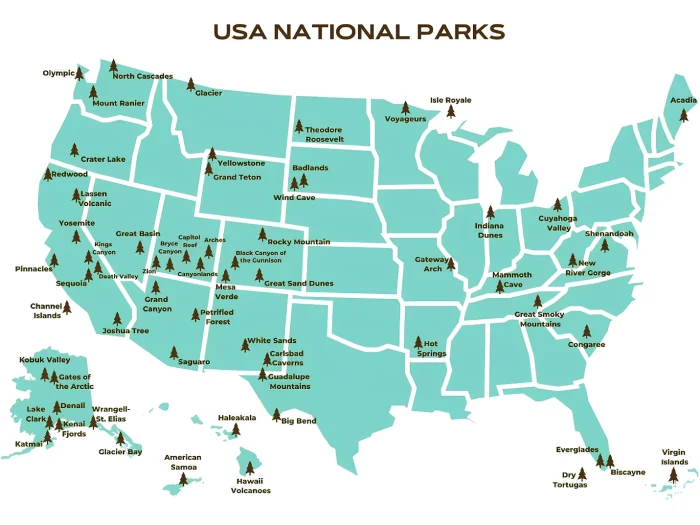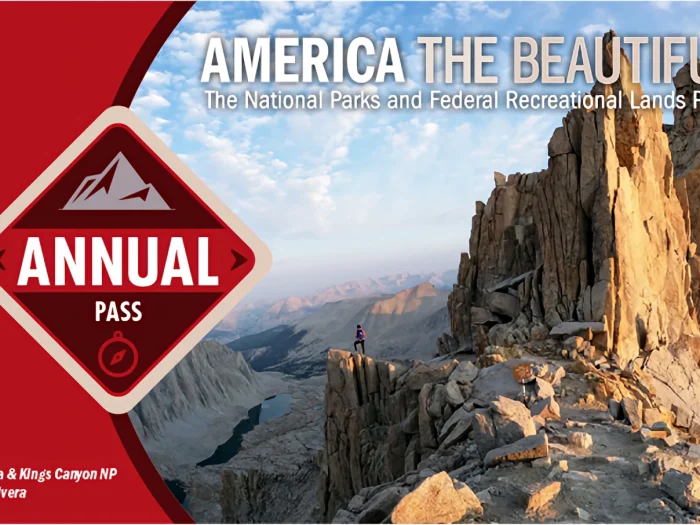Surviving the Wilderness: Essential Skills & Financial Safety Tips for National Park Visitors
Visiting a national park can be a rewarding experience, offering breathtaking landscapes, unique wildlife encounters, and the chance to disconnect from daily life. But even the most experienced visitors can find themselves in difficult situations if they are not properly prepared. Whether you are planning a short day hike or a multi-day adventure in the backcountry, knowing the basics of wilderness survival and financial planning can make all the difference.
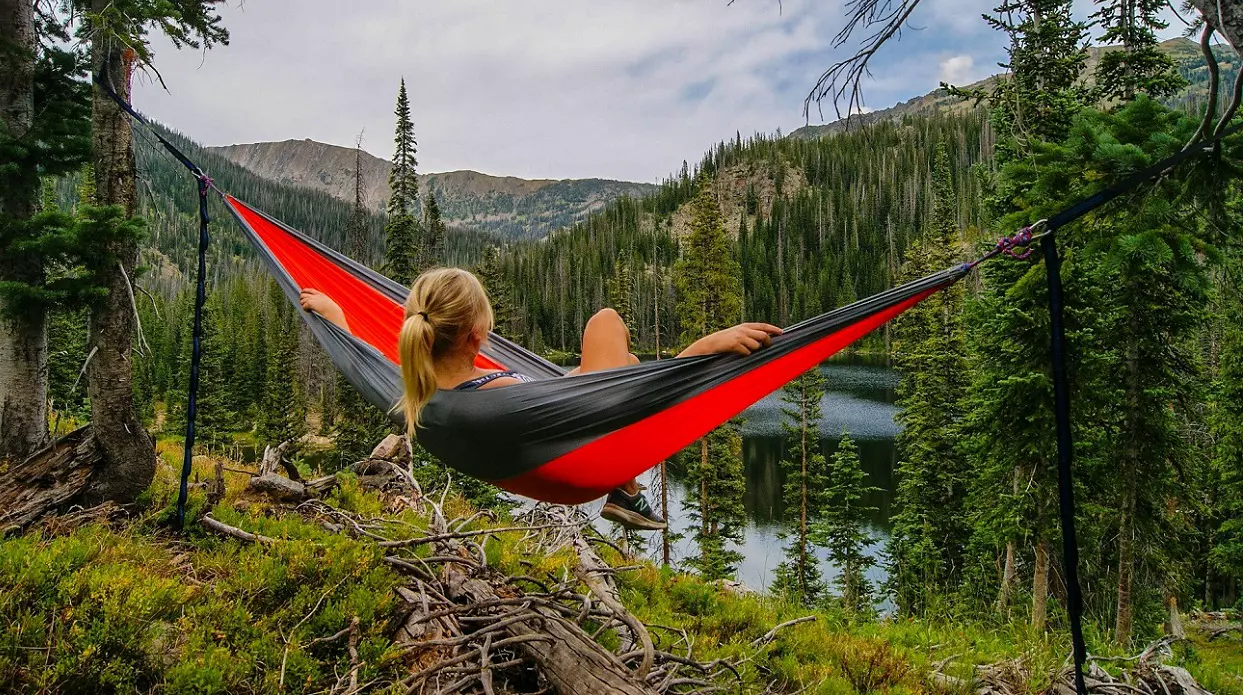
Navigation: Staying on the Right Path
One of the most common mistakes national park visitors make is relying too heavily on GPS. While navigation apps and online maps are helpful, they should not be your only source of guidance. Many national parks have limited cell service, and batteries can drain quickly.
Bringing a detailed map and compass is essential, especially for those exploring remote areas. Park visitor centers often provide free or low-cost topographic maps, which can help you navigate trails and identify important landmarks.
Hikers should also familiarize themselves with trail markers. Many national parks use blazes, signposts, or rock cairns to mark trails, and understanding these symbols can prevent accidental detours. If you do become lost, it is important to stay calm, conserve energy, and backtrack if possible.
Water: The Key to Survival
Proper hydration is critical when spending time outdoors. Many national parks, particularly those in desert regions like Death Valley and Arches, have few reliable water sources. Always carry enough water for your trip and bring extra in case of an emergency.
If you plan to refill from natural sources, treat the water first to avoid illness. Boiling is the most effective method, but portable filters and water purification tablets are convenient alternatives. Streams, lakes, and rivers may look clean, but they can contain bacteria, parasites, or other harmful contaminants.
Dehydration is one of the most common dangers in national parks. Symptoms include dizziness, fatigue, and confusion. To prevent dehydration, drink water regularly, even before you feel thirsty, and limit caffeine and alcohol consumption.
Wildlife Safety: Respecting Nature
National parks are home to a variety of wildlife, and encounters with animals are part of the experience. However, it is important to observe wildlife from a safe distance and follow park regulations to protect both yourself and the animals.
Large mammals such as bears, bison, and moose can be unpredictable, especially if they feel threatened. Visitors should stay at least 100 yards away from bears and wolves and 25 yards from other large animals. Feeding wildlife is strictly prohibited, as it can cause animals to become aggressive or dependent on human food.
In bear country, hikers should carry bear spray and know how to use it. Proper food storage is also crucial, many parks require visitors to use bear-proof containers or hang food away from campsites. Following these guidelines helps ensure a safe visit for both people and wildlife.
Emergency Preparedness: Planning for the Unexpected
Even the best-planned trips can encounter unexpected challenges. Sudden weather changes, injuries, and lost gear are just a few examples of emergencies that can arise in national parks. Being prepared can make a significant difference in how you handle these situations.
Before heading out, leave a detailed itinerary with a trusted friend or family member. Include your planned route, expected return time, and emergency contact information. Carrying a first aid kit is also essential, basic supplies like bandages, antiseptic wipes, pain relievers, and blister treatments can help with minor injuries.
Weather conditions can shift quickly in some parks. Mountainous areas, such as Rocky Mountain National Park or Yosemite, can experience rapid temperature drops, thunderstorms, and even snow in late summer. Checking the weather forecast before your trip and bringing appropriate clothing can help you stay comfortable and safe.
If you do become lost or injured, stay in one place and make yourself visible. Rescuers are more likely to find you if you do not wander off the trail. Signal for help with a whistle, mirror, or brightly colored clothing.
Financial Preparedness: Planning Your Budget
While survival skills are necessary for backcountry travel, financial preparedness is just as important. Visiting a national park can involve unexpected expenses, from emergency lodging to vehicle repairs. Planning ahead ensures that you are financially ready for anything that comes your way.
A common question travelers ask is, “how much money should I have in my checking account?” The answer depends on factors such as trip length, transportation, and accommodations. However, visitors should always budget extra funds for emergencies.
Some parks, particularly those in remote areas like Denali or Big Bend, have limited access to ATMs and credit card machines. Carrying a mix of cash and cards ensures that you can cover expenses, even in places where digital payments are not accepted.
Travel insurance is another consideration, especially for those planning extended trips or international visitors. Policies may cover trip cancellations, medical emergencies, and lost gear, offering peace of mind while exploring the wilderness.
Campsite Safety: Setting Up for a Comfortable Stay
Camping in a national park is one of the best ways to experience nature, but it is important to follow safety guidelines. Choosing a proper campsite can protect you from harsh weather, wildlife encounters, and other potential hazards.
Always set up your tent on flat, elevated ground to avoid flooding in the event of rain. Keep a safe distance from rivers, cliffs, and dead trees, as falling branches can pose a serious danger.
Fire safety is another critical concern. Many parks have fire restrictions during dry seasons to prevent wildfires. If campfires are allowed, use designated fire rings and make sure the fire is completely extinguished before leaving the site.
Proper food storage is essential in parks with active wildlife, such as Yellowstone or Glacier National Park. Cooking and eating should be done away from sleeping areas, and all food should be stored in bear-proof containers or lockers when not in use.
Final Thoughts
National parks provide endless opportunities for adventure, but preparation is key to a successful visit. Understanding basic survival skills, respecting wildlife, and planning financially can help ensure a safe and enjoyable trip.
Before heading into the wilderness, take time to research park regulations, check weather conditions, and prepare for emergencies. Whether you are hiking through the Grand Canyon, camping in Great Smoky Mountains National Park, or exploring the Everglades, being well-prepared allows you to make the most of your time in nature.
